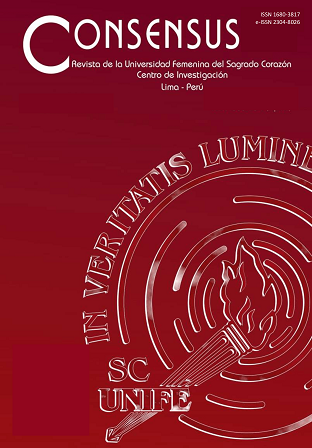La Maloca: Arquitectura vernacular amazónica sustentable
Palabras clave:
maloca, arquitectura vernácula amazónica, sustentableResumen
La maloca es una edificación vernácula que aún se ve en algunos grupos étnicos amazónicos. Es una expresión de la arquitectura
vernácula, manifestación cultural de la Amazonía Peruana, construidas con productos naturales de la misma selva. Es una
construcción ecológica; todo se reutiliza, los pocos elementos de tierra se dejan en el suelo amazónico al cual se integran y los restos
de madera sirven para cocinar sus alimentos.
Las malocas son una respuesta y adaptación al clima y territorio. Los pobladores autoconstruyen sus viviendas sin la asesoría
profesional de los arquitectos e ingenieros respondiendo a las necesidades básicas con técnicas ancestrales.
Esta edificación juega un rol importante como medio de adaptación al clima y como protección y desarrollo de las actividades
familiares. Son expresiones simultáneas de una necesidad de sobrevivencia al fuerte calor y las lluvias.
Son sustentables, pues representan un ejemplo de buen aprovechamiento de los recursos naturales y del reciclaje que provienen de
la tierra. Ofrecen confort térmico al usuario, es funcional y ecoeficiente.
Las malocas son iconos del paisaje amazónico, de impresionante racionalidad en un medio físico y climático, de condiciones de
lluvias y sol radiante para un grupo étnico de escasos recursos, limitados económicamente y que da soluciones viables y
sustentables.








